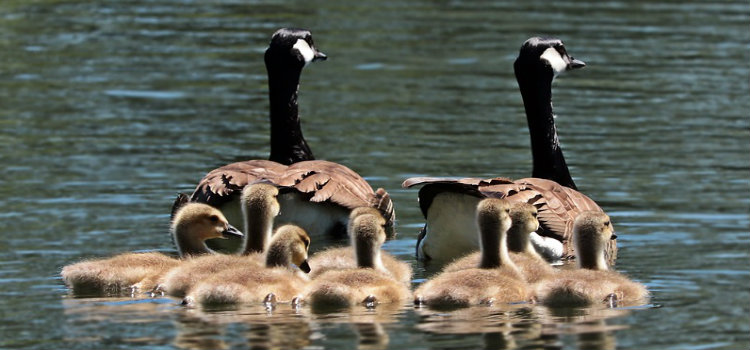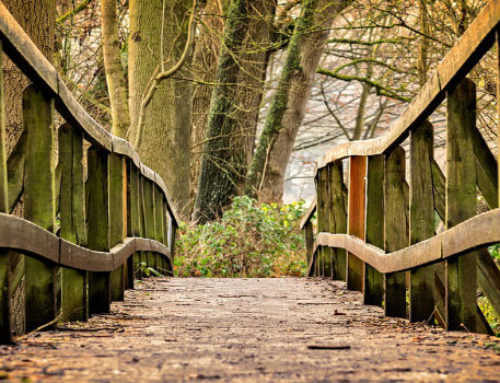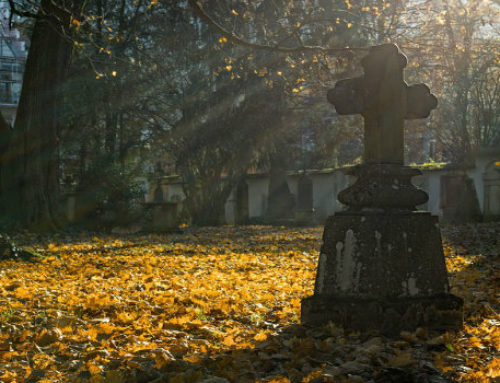Nature lovers have plenty of choices when it comes to outdoor activities in Montgomery County. Black Rock Sanctuary is one of our Montgomery County personal lawyers favorite places to enjoy the natural beauty of this area. This 119-acre nature preserve features wetlands, woodlands, and meadows, and is dedicated to preserving the habitats of wildlife in the area. It’s also open to the public and a popular spot for birders, hikers, photographs, and other nature enthusiasts. This site used to be an industrial silt basin, but has since been converted into a wetland habitat which supports waterfowl.
Bird Watching
The skies above Black Rock form an air highway for birds that migrate up and down the East Coast. The wetlands here also attract waterfowl and provide sustenance for other plants and animals. This makes Black Rock an excellent place for anyone looking to view some indigenous bird species in the air and in their natural habitats.
Keeping Black Rock Sanctuary Green
Black Rock Sanctuary emphasizes environmental health and institutes several measures to keep their facilities “green”, including:
- Sustainable site principles, such as topsoil retention
- Natural landscaping principles (e.g. native plants, meadows, etc.)
- Helping people connect with and appreciate nature
- Managing stormwater in a natural way by following Best Management Practices
- Conserve energy and integrate green design and construction methods (such as using recycled materials)
Trails
There are two main hiking/walking trails at Black Rock Sanctuary
The Meadow Trail is a 0.99-mile trail which features views of expansive meadows, thick forest, and seasonal ponds. Near the trailhead, you can find an observation binocular area. This area is also close to parking lots and restrooms.
The Interpretive Trail is ADA-accessible and offers many educational opportunities, including seven interactive stations which explain how different parts of the ecosystem work. Depending on when you visit here, you can view a variety of natural habitats based on the current season. The wetlands here provide habitats for mammals, reptiles, amphibians, and migratory birds. Stations here include:
- Station A: Introduction – Includes general info, a site timeline, and suggestions for your experience.
- Station B: Habitat World – Learn how to identify different parts of a habitat, how habitats are formed and named, and how you can convert your own backyard into a habitat for wildlife.
- Station C: Geo World – Learn about the three major types of rocks and how you can identify them in the wild, along with a lesson on the Black Rock region’s geological history. You can also examine the shale from this area.
- Station D: Amphibian World – Learn all about the amphibians that call these wetlands home including their lifecycle and how this cycle relates to the changing of seasons.
- Station E: Plant World – In this station, you can see how plants produce food and how wildlife uses plants for shelter. You can match different plants with their proper ecosystems, animal habitats, and whether they exist on river edges or ponds.
- Station F: Bird World – Learn how to match birds from the same family based on characteristics in their feet and beaks. You can also learn how birds use their feet for movement, and the types of food they eat based on their beak type.







Leave A Comment